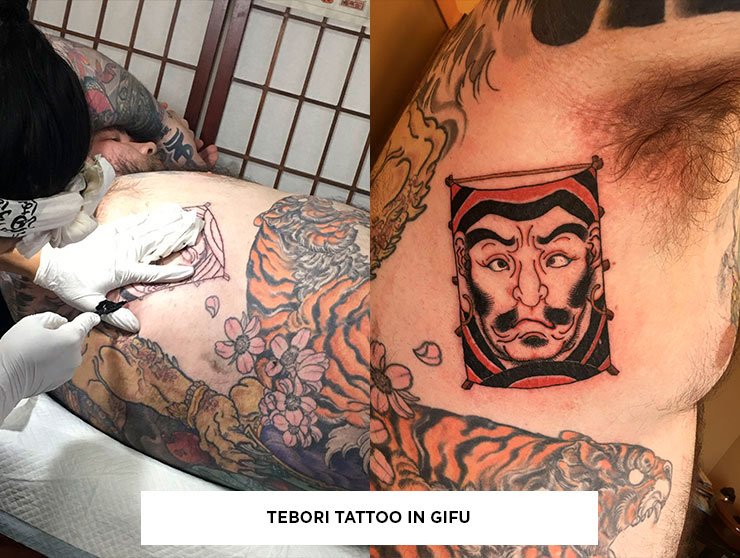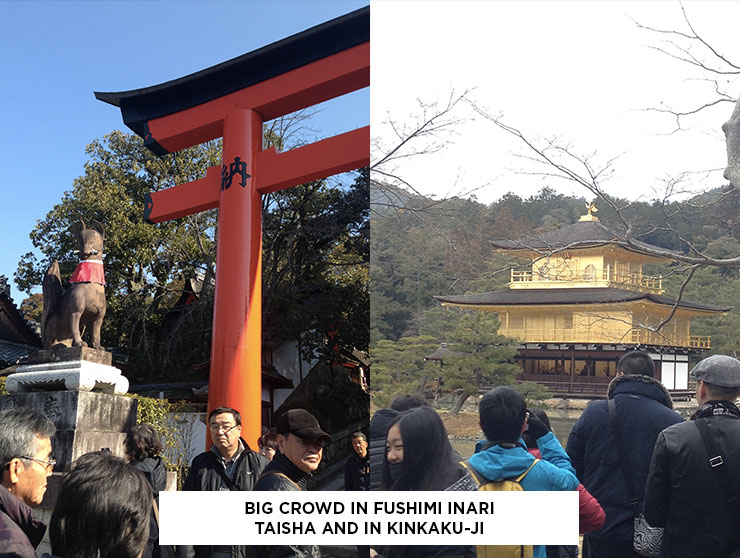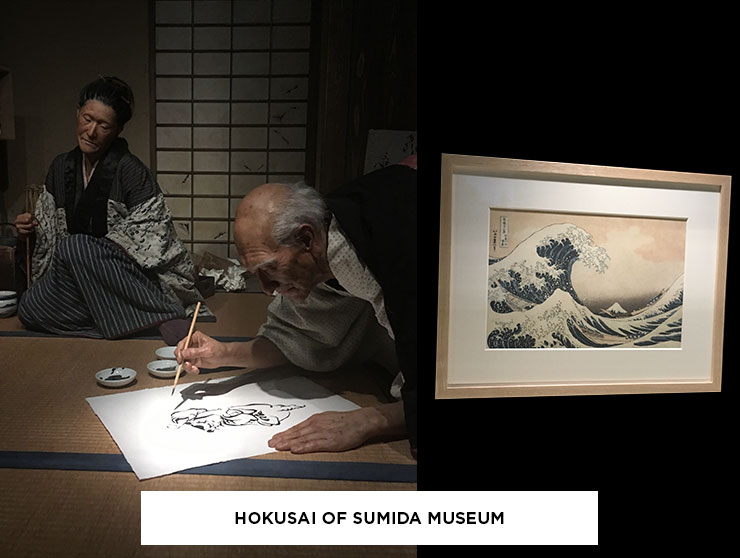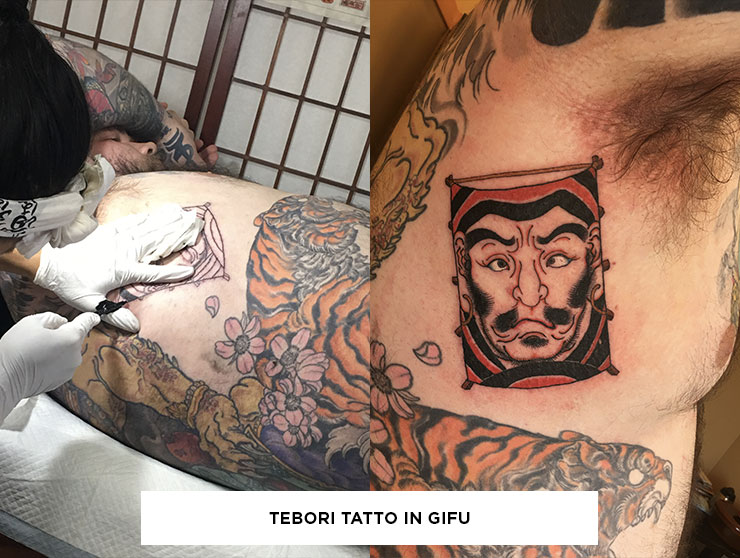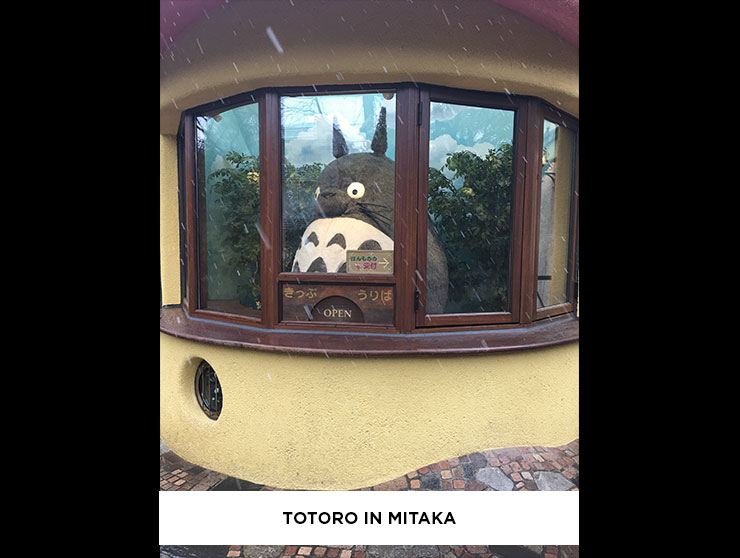The purpose of my trips to Japan
Today, thanks to the Internet, we don’t need to go somewhere to really study on a subject. We can easily make researches on the symbolism of Japanese tattoos with Google. So then, why go to Japan? Because Google doesn’t understand the essence of this form of art.
I did three trips to Japan, and for each trip I had the precise goal to perfect my knowledge on Japanese tattoos. For a more elaborated description of those trips, you can consult my blogs about each one of them.
The first trip was an initiation trip. As a “gaijin”, meaning a stranger, I went to Japan without speaking the language. It was mostly for tourism. During that trip, I totally imbibed myself in this world where both tradition and technology coexist. The contrast is very obvious, especially when we walk through small streets and stumble upon a temple in between skyscrapers.
I stayed around Tokyo with the intention of visiting temples and museums. Did you know that Japan is one of the countries that has the most museums? Indeed, there is more than 5 614 museums in the country. From my understanding, the government encourages the opening of museums and the sharing of their culture by benefiting the collectors with a tax benefit. For the visitors, the museum is a simple and cheap activity. Sometimes, it’s even free for those who live in the region. A vast majority of temples offer to visit a small museum for the equivalent cost of 2$. Museums as well as temples have a big piece of Japanese’s hearts and culture. Therefore, it was really important for me to see as many as I could.
Edo Tokyo Museum
I fulfilled a dream of mine during that first trip. I got tattooed by Shige in his mythical studio: Yellow Blaze in Yokohama. I got tattooed for two days straight on my arm. I was so focused on observing Shige work that I wasn’t even paying attention to the pain, or at least not as much as I usually would!
During the first trip, I also went to the Tattoo Bunshin Museum of Horiyoshi III. It is not really a museum, but more a personal collection of his own objects. For more than 60 years, he’s been collecting objects in relation to tattoos, coming from everywhere around the world and he then exposes them in this museum. Despite the overload of items considering the amount of space there is, this visit was important for me. As a tattoo artist that is passionate about Japanese style tattoos, I couldn’t pass by this amazing opportunity of visiting the workplace of the renown Horiyoshi III.
Thus, my first trip had the purpose for me to get familiar with the country and the Japanese style tattoos.
My second trip was to visit other parts of Japan. So, I went to Osaka, Nara and Kyoto. They are all cities with such history that it was important for me to dive in right in it. Tokyo became the capital of Japan in 1868. Kyoto had been the capital for almost a millennium and before that, Nara used to be the capital of Japan, hence why Kyoto and Nara are important cities with multiple temples and museums. Their history was very important during several key eras of Japan. In order to understand the Japanese culture, I wanted to visit these mystical places.
It certain that, once there, it’s a bit hard to capture the essence of these places because there are a lot of tourists. It’s a bit like trying to see the Mona Lisa at the Louvre museum. The number of tourists who take selfies and play elbow does not allow us to appreciate the places at their fair value. All of my pictures contain at least one tourist. I still managed to picture the essential I wanted to study and draw later.
This, the second trip allowed me to bring back many reference pictures to perfect my art and draw with a better understanding of the Japanese culture.
The third trip to Japan had two main goals: the one to go back as much as possible to the sources of Japanese tattooing, which is called « tebori », a traditional Japanese tattooing technique done by hand. The second goal being the study of Japanese prints.
The images of tattoos in Japan are based off Japanese prints. It is why Japanese tattoos have these specific features: colorful, exaggerated characters. This art was once used to ease the mass production of an image. This made the product more affordable and accessible to the population.
During that trip, I went to the Hokusai museum. This allowed me to go back to the essence of Japanese tattoos, because we must not forget that Japanese prints are the roots of this form of art. The undisputed master of Ukiyo-e is Hokusai.
I met up with a tattoo artist and friend in Gifu to get a tattoo using the tebori technique. Before starting the tattoo session, we went praying to the Daruma-Dragon temple of Gifu, therefore blessing the tattoo. Thereafter, Tomoya proceeded to tattoo me for seven consecutive hours on my rib cage. I can tell it was probably one of the most painful tattoos. The design was created according to the rules of traditional Japanese tattoo: a kite with a Daruma.
I also treated myself by going to the Ghibli Studio museum in Mitaka. I have a lot of respect for Hayao Miyasaki. Not only he is one of the biggest animated film directors, but he is also a master of watercolor painting.
Thus, the third trip allowed me to discover the traditional side of Japanese tattoos and the devotion of the artisans towards their master and their art. This essence is what I’m constantly seek to reproduce in my artwork.


